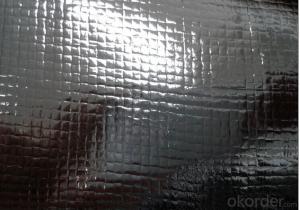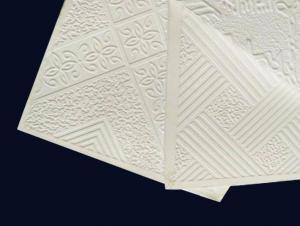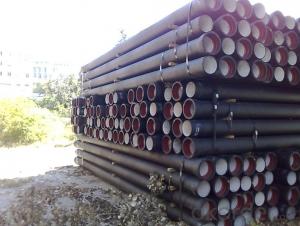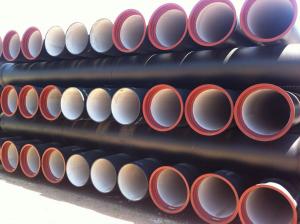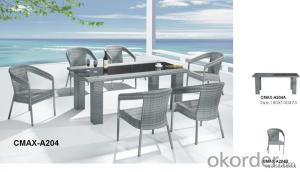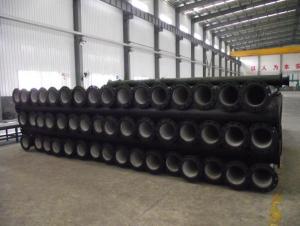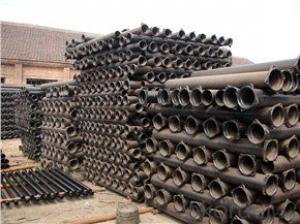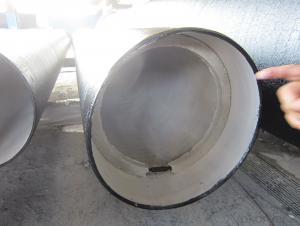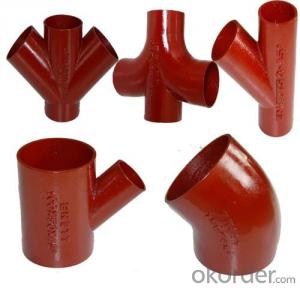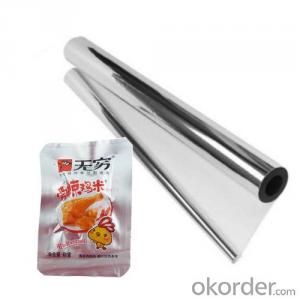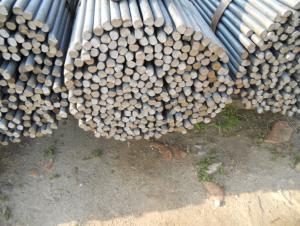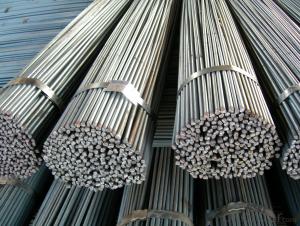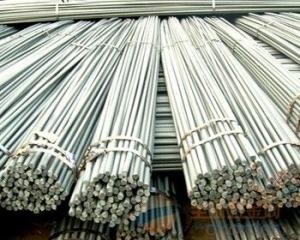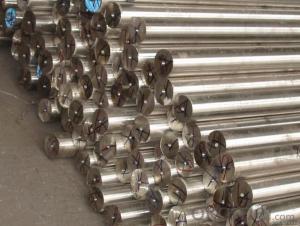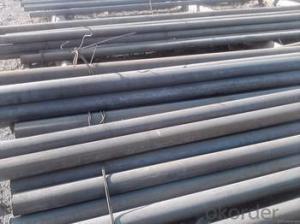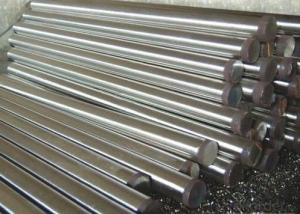Heat Treatment Of Grey Cast Iron
Heat Treatment Of Grey Cast Iron Related Searches
Shiny Or Dull Side Of Aluminum Foil For Cooking Inverter For 100w Solar Panel Solar Panel Inverter For Rv Pvc Tiles For Walls Wall Lights For Bedrooms Inverter Ac With Solar Panel Solar Panel With Inverter Kit Solar Panel Kits With Inverter Solar Panel With Inverter Direct Roving For PultrusionHot Searches
Type Of Inverter For Solar Price Of Shipping Containers For Sale Types Of Inverter For Solar Used Sandwich Panel For Sale Bags Of Cement For Sale Pvc Chairs For Sale Tilt Panel Props For Sale Types Of Temporary Side Panels For Cement Deck Cost Of Awnings For Decks Type Of Scaffolding With Pdf Price Of Scrap Stainless Steel Price Of Stainless Steel Scrap Price Of Stainless Steel Type Of Stainless Steel Types Of Stainless Steel Grades Types Of Stainless Steel China Aluminum Coil Factory pvc pipe manufacturers in usa Sandwich Panel Price In India Aluminum Corp Of China StockHeat Treatment Of Grey Cast Iron Supplier & Manufacturer from China
Okorder.com is a professional Heat Treatment Of Grey Cast Iron supplier & manufacturer, offers integrated one-stop services including real-time quoting and online cargo tracking. We are funded by CNBM Group, a Fortune 500 enterprise and the largest Heat Treatment Of Grey Cast Iron firm in China.Hot Products
FAQ
- There are several types of steel round bars commonly used in the manufacturing of valves and fittings, including carbon steel round bars, stainless steel round bars, and alloy steel round bars. These different types of steel offer varying levels of strength, corrosion resistance, and durability, allowing manufacturers to choose the most suitable material for their specific application requirements.
- The maximum length of a steel round bar that can be manufactured is dependent on several factors, including the diameter or thickness of the bar and the limitations of the manufacturing process. In general, steel round bars can be produced in lengths ranging from a few feet to several hundred feet or even longer. However, it is important to note that as the length of the bar increases, it becomes more challenging to maintain its straightness and dimensional accuracy. This is particularly true for thinner or larger diameter bars, as they are more prone to bending or warping during the manufacturing process. Additionally, logistical constraints such as transportation and handling may also impose limitations on the maximum length of a steel round bar that can be manufactured and delivered efficiently. Therefore, the maximum length of a steel round bar that can be manufactured is not a fixed value, but rather depends on various factors related to the specific requirements, capabilities, and limitations of the manufacturer and the application for which the bar is intended.
- Stabilizer bars can indeed be made using steel round bars. The automotive industry commonly employs steel due to its exceptional durability, high strength, and resistance to deformation. Stabilizer bars, also referred to as sway bars, are crucial components in a vehicle's suspension system. Their purpose is to enhance stability while cornering and minimize body roll. These bars endure substantial forces and must possess the ability to withstand heavy loads. Steel round bars offer the essential strength and rigidity necessary for stabilizer bars to effectively fulfill their function. Moreover, steel is easily accessible and cost-effective, which contributes to its popularity as a preferred material for manufacturing stabilizer bars in the automotive industry.
- Fatigue failure is a common occurrence in steel round bars, which can be attributed to repeated cyclic loading or stress. This leads to a gradual weakening of the material, eventually causing it to fail, even if the applied stress is below its ultimate strength. Due to their inherent characteristics, steel round bars, like other structural materials, are susceptible to fatigue failure. Various factors can contribute to fatigue failure in steel round bars, including improper design, inadequate material selection, manufacturing defects, and excessive cyclic loading. Additionally, surface defects, notches, stress concentrations, and corrosive environments can further accelerate the fatigue process. Engineers and designers take several measures to mitigate the risk of fatigue failure. These include implementing appropriate design practices, selecting high-quality materials, conducting thorough inspections, applying stress-relieving treatments, and considering the impact of cyclic loading during the structural design phase. It is important to understand that the susceptibility of steel round bars to fatigue failure depends on multiple factors, such as the specific steel grade, loading conditions, environmental factors, and overall structural design. Therefore, it is crucial to carefully assess these factors and employ appropriate mitigation measures to ensure the safe and reliable performance of steel round bars in various applications.
- Yes, steel round bars can be commonly used in the manufacturing of machinery. The high strength, durability, and versatility of steel make it an ideal material for various components and parts used in machinery production. Steel round bars can be machined, welded, and formed into desired shapes, making them suitable for use in shafts, gears, axles, and other critical machine components.
- Steel round bars are typically stored in warehouses or storage facilities. They are often stacked horizontally on racks or placed in designated storage areas. To prevent damage and ensure easy accessibility, bars of different sizes or grades are segregated and labeled accordingly. When it comes to transportation, steel round bars are commonly loaded onto flatbed trucks or shipping containers, depending on the quantity and distance of the shipment. To prevent movement and potential damage during transit, bars are secured using straps or other fastening methods. Additionally, protective coatings or wrapping materials may be applied to safeguard against corrosion or moisture. Overall, proper storage and transportation practices are crucial to maintain the quality and integrity of steel round bars.
- Yes, steel round bars can be used in the production of musical instruments. They are commonly used to make components such as keys, rods, and supports in various instruments such as pianos, xylophones, and various percussion instruments.
- Difference between forging and round steel
- The castings need to be uniform in each piece without any porosity, excess space, inclusions, or other defects. The component produced by this method has a high ratio of strength to weight. These elements are usually used in aircraft structures.




